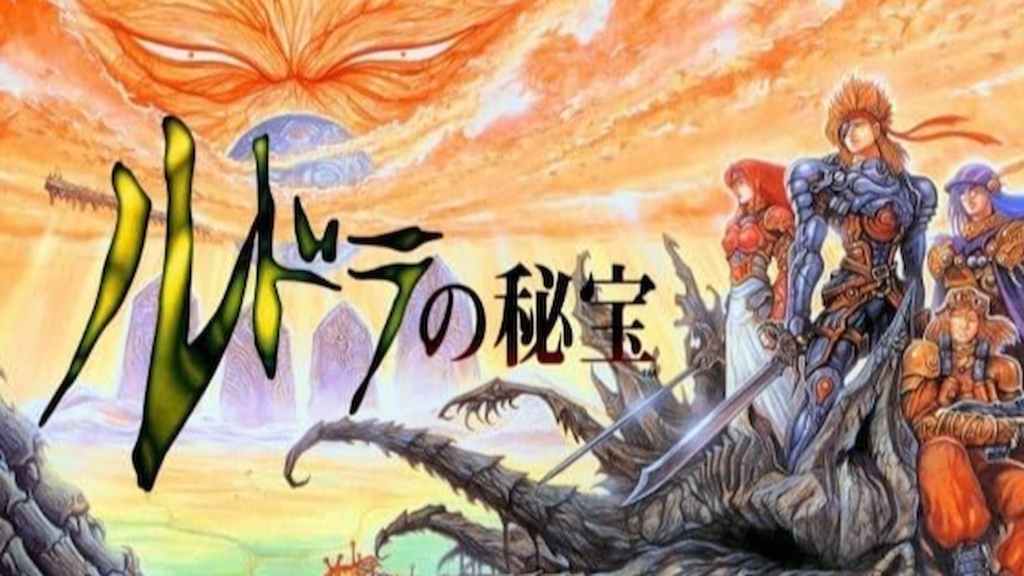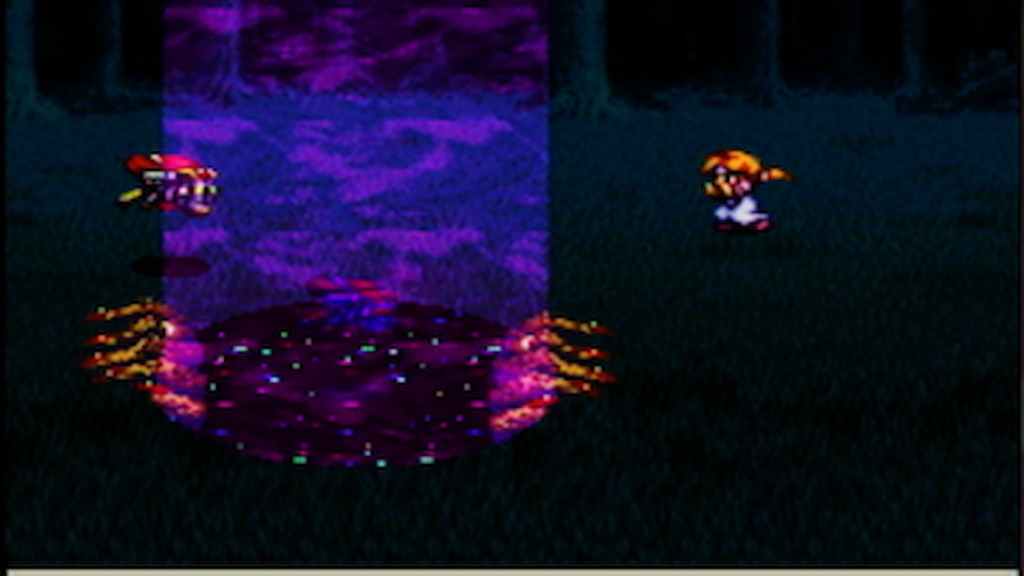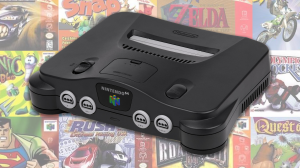The Super Nintendo Entertainment System is home to many iconic games, but JRPGs especially. Nintendo’s home console was the ideal launching pad for this genre, and Squaresoft took full advantage of this. Final Fantasy VI, Chrono Trigger, Super Mario RPG, and more were released on the SNES and were massive hits in Japan and other regions. Sadly, one classic and incredibly ambitious JRPG on the Super Famicon, Japan’s name for the SNES, never reached Western audiences. Had it been localized, it could have joined these other iconic titles in gaming history. That said, it’s not too late, as a remake or remaster could bring it not only to new players, but also to modern hardware.
Videos by ComicBook.com
Squaresoft released Treasure of the Rudras for the Super Famicon in 1996, making it one of the last few titles before Square released the genre-changing Final Fantasy VII on the PlayStation. Being wedged between some of Square’s best titles hindered its localization and release outside of Japan, which is a shame, because Treasure of the Rudras is one of the most ambitious games from Square that built off of other games like Chrono Trigger and Live A Live.
Treasure of the Rudras, A Late-Era SNES RPG Bursting With Bold Ideas

The mid-1990s were a time when Square was on a hot streak. Chrono Trigger blends time travel with an ensemble cast, while Live A Live experimented with multiple short stories across different genres. Into this environment came Treasure of the Rudras. It was inspired by these games and built upon the foundation they laid and experimented in new ways. In this way, it honored the JRPGs that came before it and created its own identity.
At its core, players could explore three intertwining storylines, with each following a different character. These would eventually converge into a climactic finale. What makes these different from Live A Live is how they affected one another. Players could freely swap between narrative threads, and the decisions they made there altered other threads. For example, leaving a sacred relic on one path allows another character to find it. But this isn’t the only interesting part of the story.
Treasure of the Rudras‘ narrative and setting were refreshing, as it was heavily inspired by Indian mythology rather the commonly seen European influences. It featured a 4,000-year cycle period during which the world is destroyed by the Rudras and replaced with a new race. At the start, there are 15 days before it is humanity’s turn to be destroyed. As the players explore each of the three branches, they uncover more of the world and its history stretching back before humanity’s 4000-year cycle and prior races. Completing this unlocks the fourth route and protagonist for the game’s ending.
The other defining trait of Treasure of the Rudras is its magic system. Unlike other JRPGs that featured static spells and levels, players were free to create their own spells, giving them different effects and varying usefulness. Combining prefixes, suffixes, and core elements allowed for an almost infinite number of spells to be created. This system was ahead of its time and rewarded creativity in an era where players typically saw stuff like Fire 1, Fire 2, and Fire 3.
Why Western Audiences Missed Out on Squaresoft’s Classic

At this point, you’re probably wondering why you’ve never heard of Treasure of the Rudras let alone played it. Timing and geography mostly, with a hint of technical difficulty. By 1996, the SNES was on its way out, and Square had already set its sights on the PlayStation. Localizing an ambitious, text-heavy RPG so late in the system’s life wasn’t smart business at the time, especially considering the impact that Final Fantasy VII would go on to have. This is part of the reason Treasure of the Rudras was confined to the Super Famicon in Japan.
Another reason is the magic system. It was revolutionary and ambitious, but this proved to be a problem when it came time to share the game outside of Japan. It offered both a problem for translators due to how players had to build words, and for coders who had to alter it for a Western release. These would ultimately prevent the game from reaching a wider audience, but it did see a rerelease on the Wii and Wii U virtual console in Japan. Additionally, fans would go on to provide an unofficial translation, allowing players to use ROMs to experience this innovative game.
How Treasure of the Rudras Could Thrive Today

In today’s gaming landscape, more and more classic games are seeing remasters and remakes, including Square Enix’s iconic Final Fantasy Tactics. Modern consoles are the perfect opportunity to revive Treasure of the Rudras‘s experimental mechanics and revolutionary systems. The Legend of Zelda: Majora’s Mask’s 3-day cycle and The Elder Scrolls IV: Oblivion’s spellcrafting prove that the JRPGs’ systems would thrive today. Not only this, but the improved AI could greatly expand the possibilities with the magic system, increasing the already impressive experimental spell options.
The setting also feels ripe for rediscovery. Indian-inspired fantasy is still woefully underrepresented in games, and I’d love to see Dev Patel involved if Square Enix adds voice acting. The chance to further explore Indian mythology and cultures could bring new depth to Treasure of the Rudras. Making it feel authentic would enhance how special the game is in an industry dominated by European fantasy full of castles and knights.
While I’d prefer an HD-2D remake in the vein of Octopath Traveler and the upcoming The Adventures of Elliot: The Millennium Tales, I’d be fine if Square Enix just gave the game a rerelease. Being able to experience the game in its original form for the first time with proper localization would be a treat in itself, but a visual update and quality-of-life features could make it an instant classic. Square Enix has proven it is willing to revive older titles, but Treasure of the Rudras is one of the most deserving games that needs a second chance.
What do you think? Leave a comment below and join the conversation now in the ComicBook Forum!








